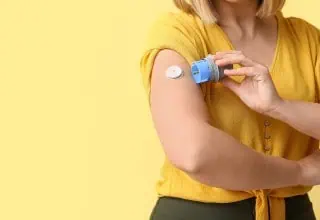
Is your low blood sugar a symptom of insulin resistance or mild dysfunction of the autonomic nervous system?
In episode 16 of my podcast, I return to the topic of hypoglycemia to discuss the difference between insulin resistance and dysautonomia, why unstable blood sugar does not automatically mean insulin resistance, and my concerns about continuous glucose monitoring.


 Progestins such as drospirenone, levonorgestrel, or medroxyprogesterone are not progesterone.
Progestins such as drospirenone, levonorgestrel, or medroxyprogesterone are not progesterone.